Louis Marie-Auguste Boutan was a French biologist and photographer. He was a pioneer of underwater photography. The son of Augustin Boutan, he was born in Versailles and studied biology and natural history at the University of Paris. Louis was born in 1859 and passed away in 1934 Tigzirt Algeria
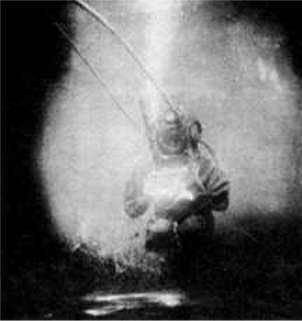
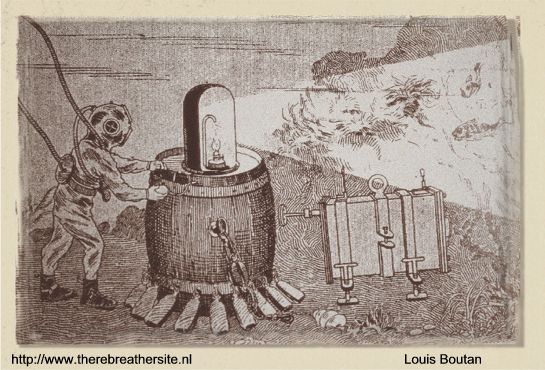
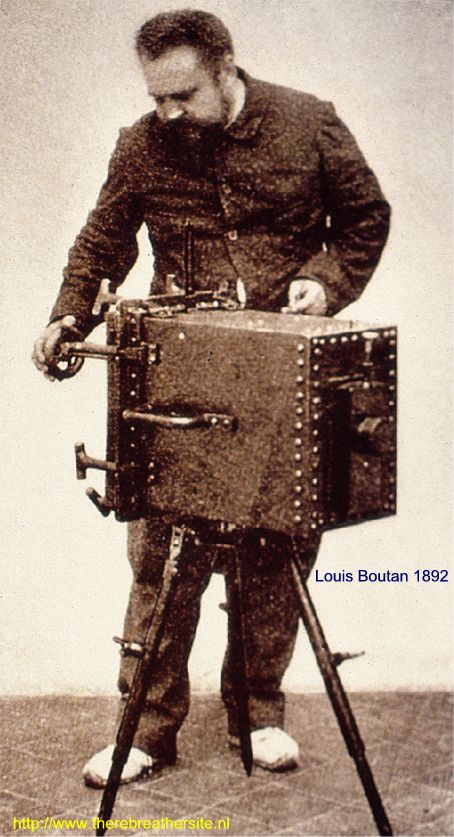
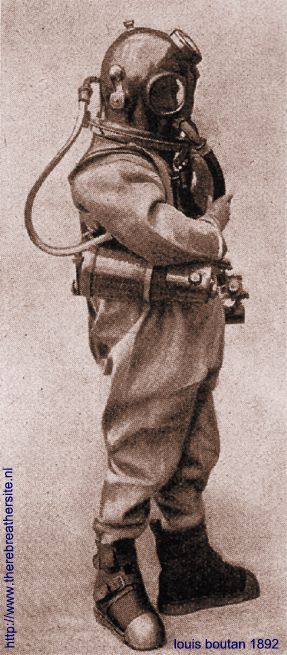
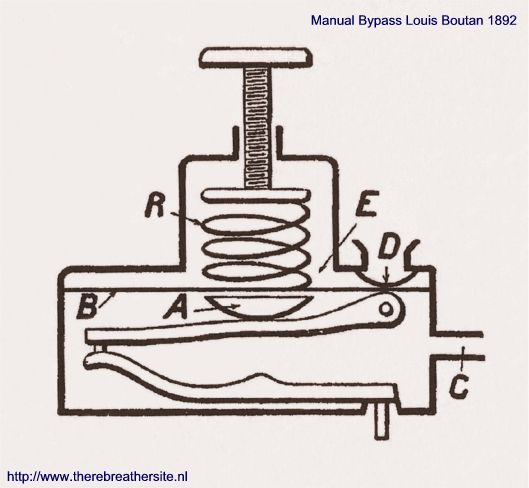
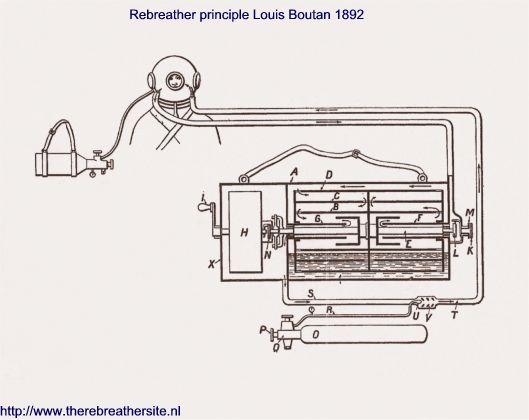
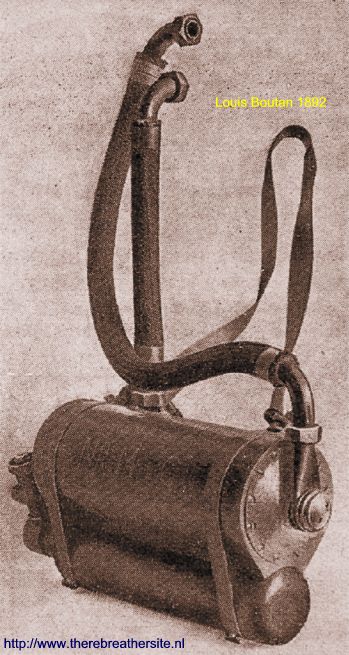

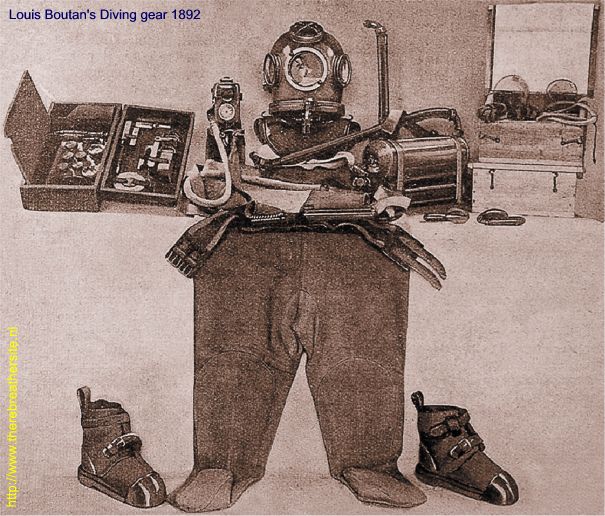
Unfortunately John Neuschwander passed away Friday 6 may in 2005….
Bonjour .
Hallo,
je suis un jeune homme d’algerie de la grande kabylie, j’habite une petite ville cotiere , ” Tigzirt sur/mer ” .
I am a young man from Algeria from the great Kabylie (= region) and I live in a small fishing village called Tigzirt sur/Mer.
Je vien de trouver votre site, comme je fait des rechrche sur M° Louis Boutan est un biologiste francais, né le 6 mars 1859 à Versailles et mort le 6 avril 1934 à tigzirt sur/mer
Ik heb uw site ontdekt omdat ik onderzoek doe naar Louis Boutan, een Franse bioloog, geboren op 6 maart 1859 in Versailles en overleden op 6 april 1934 in Tigzirt sur/Mer.
I discovered your site because I am doing research on Louis Boutan, a French biologist, born on 6 March 1859 in Versailles and died on 6 April 1934 in Tigzirt sur/Mer.
je veux dire dans ma ville , d’apres ce que je connais sur lui , il fait des ètudes de biologie et d’èstoire naturelle à l’inversité de Paris , il participe à la dèlègation francaise à l’èxposition universelle de Melbourne de 1880 En 1884, il commence a étudie la biologie marine à la station marine de Banyuls-sur-mer En 1886, il commence s’intitier à la plonger sous-marine , la meme annèe , il obtien son titre de docteur ès-sciences à Paris avec une thèse intitulée recherches sur l’anatormie et le développement de la fissurelle.
Comparaison de la fissurelle avec les types voisins.
Naar wat ik over hem vernomen heb in mijn woonplaats, schijnt hij biologie en natuurkunde aan de Universiteit van Parijs te hebben gestudeerd en deel te hebben uitgemaakt van de Franse delegatie aan de Wereldtentoonstelling in Melbourne in 1880.
In 1884 begint hij “het leven in de zee” te bestuderen in het marine station van Banyuls-sur-Mer. In 1886 begint hij voor het eerst met onderzee-duiken. Hetzelfde jaar behaalt hij zijn titel Doctor in de Natuur Wetenschappen in Parijs met de these “Onderzoek naar de anatomie et de ontwikkeling van de splitsing. Vergelijking van de splitsing met soortgelijke soorten”
From what I learnt about him in my home town, he seems to have studied biology and physics at the University of Paris and to have been a member of the French delegation to the Melbourne World’s Fair in 1880.
In 1884, he began to study “marine life” at the marine station in Banyuls-sur-Mer. In 1886, he took up submarine diving for the first time. The same year, he obtained his doctorate in natural sciences in Paris with the thesis “Research on the anatomy and development of the fission. Comparison of the fission with similar species”.
En 1892 , il commence à travailler sur les plans d’une cage sous-marine. L’année suivante, il fait ses premières tentatives de plongées à des profondeurs entre 3,5 m et 11 m et durent entre 10 et 30 minutes. En 1895, Boutan fait les premiers essais d’appareil photo amphibie et réalise les premières photographies sous-marines. L’appareil qu’il utilise est un Detektiv de 9 cm x 12 cm. L’introduction, en 1899, de lampe flash à base de magnésium, permet de réduire les temps d’exposition à seulement 5 secondes.
In 1892 begint hij te werken aan de tekeningen van een onderzeewater kooi.
Het jaar daarna doet hij zijn eerste duikpogingen van 3.5 tot 11 meter en dat gedurende 10 tot 30 minuten. In 1895 doet Boutan zijn eerste testen met amphibie fototoestellen en realiseert hij zijn eerste onderwater foto’s. Het toestel wat hij gebruikt is een Detektiv van 9 x 12 cm. De introductie in 1899 van de flitslamp op basis van magnesium brengt de belichtingstijd terug tot maar 5 seconden.
In 1892, he started working on the drawings of a submarine cage.
The following year, he made his first dives from 3.5 to 11 metres for 10 to 30 minutes. In 1895 Boutan did his first tests with amphibious cameras and made his first underwater photographs. The camera he used was a 9 x 12 cm Detektiv. The introduction of the magnesium-based flash lamp in 1899 reduced the exposure time to just five seconds.
Il fait paraître, en 1900, La Photographie sous-marine. De 1904 à 1908, il séjourne en Indochine. En 1909, il commence à donner des cours à la faculté de sciences naturelles de Bordeaux.
Durant la Première Guerre mondiale, avec son frère Auguste Boutan, il développe un appareil de plongée pour l’armée française. Il dirige la station zoologique de 1921 à 1924 d’Arachon. En 1924, il devient inspecteur des pêches en Algérie et prend sa retraite en 1929
et d’apres des recherche sur lui , je sais que il as filmer toute les plages de tigzirt sur/mer .
je vous demande de me trouver c’est nombre de ça famille , pour me mètre en contacte avec eux , ça fait pas leng temps que en as commencer a crie une association culturelle , et mon premier objectifs de rendre homage a Louis Boutan . j’ai visiter ça tombe mais c’est bien dommage que elle est dègrader , donc en attend juste l’agriment de notre association , et en va commencer a activer
cordialemnt mes salutation
Cherfi Sofiane
In 1900 publiceert hij “De onderwater fotografie” Van 1904 tot 1908 verblijft hij in Indo China.
In 1909 begint hij te doceren aan de Faculteit van Natuurwetenschappen in Bordeaux.
Gedurende de 2e Wereld Oorlog, samen met z’n broer Auguste Boutan, ontwikkelt hij duikapparatuur voor het Franse leger. Hij is directeur van het dierkundig bureau in Arcachon. In 1924 wordt hij benoemt tot Inspecteur van de visserij in Algerije en gaat daarna in 1929 met pensioen.
Uit verder onderzoek naar hem blijkt dat hij alle stranden van Tigzirt-sur-Mer heeft gefilmd.
Wat ik nu graag van u zou willen weten is of u ook familie van hem kent waarmee ik in contact zou kunnen treden. We proberen hier al sinds enige tijd een culturele vereniging op te richten waarvan het eerste objectief zal zijn een eerbewijs aan Louis Boutan te brengen. Ik heb ook het graf van Louis Boutan bezocht wat heel erg verwaarloost is en het is de bedoeling met onze vereniging, zodra deze daadwerkelijk opgericht is, hier iets
aan te doen.
Met mijn allerbeste groeten,
Cherfi Sofiane
In 1900, he published “The Underwater Photography” From 1904 to 1908, he stayed in Indo China.
In 1909, he begins teaching at the Faculty of Natural Sciences in Bordeaux.
During the Second World War, together with his brother Auguste Boutan, he develops diving equipment for the French army. He is director of the zoological bureau in Arcachon. In 1924 he is appointed Inspector of Fisheries in Algeria and retires in 1929.
Further research on him shows that he filmed all the beaches of Tigzirt-sur-Mer.
What I would now like to know from you is whether you know any relatives of his with whom I could get in touch. We have been trying to set up a cultural association here for some time and the first objective will be to pay homage to Louis Boutan. I have also visited Louis Boutan’s grave which is very neglected and it is the intention of our association, once it is actually established, to do something about it.
to do something about it.
With my very best regards,
Cherfi Sofiane
If you have additional information about Louis Boutan or have additional pictures of Louis or his brother Auguste please send them to me for adding to this website! Also I am searching for the book La Photographie sous-marine.
Cherfi Sofiane, thanks for contributing to my website!

Therebreathersite was founded by Jan Willem Bech in 1999. After a diving career of many years, he decided to start technical diving in 1999. He immediately noticed that at that time there was almost no website that contained the history of closed breathing systems. The start for the website led to a huge collection that offered about 1,300 pages of information until 2019. In 2019, a fresh start was made with the website now freely available online for everyone. Therebreathersite is a source of information for divers, researchers, technicians and students. I hope you enjoy browsing the content!
